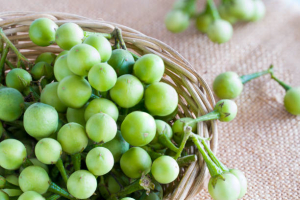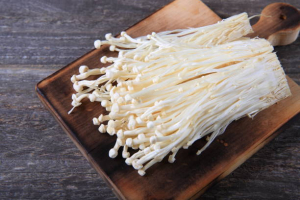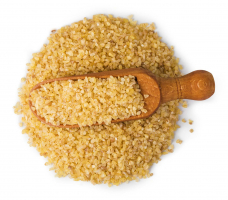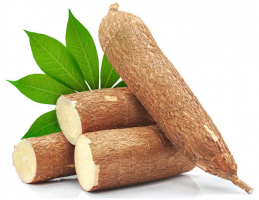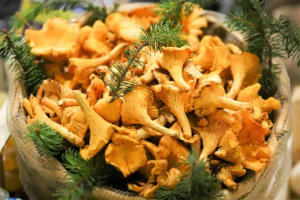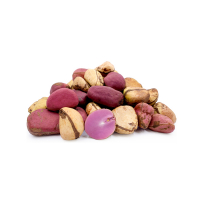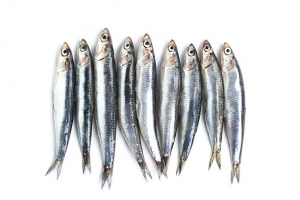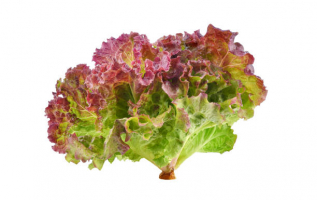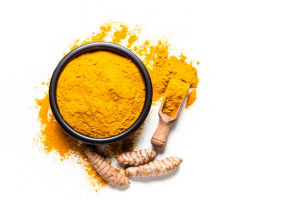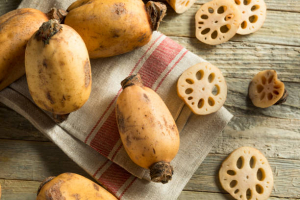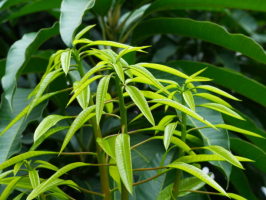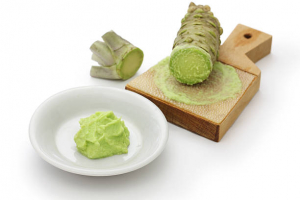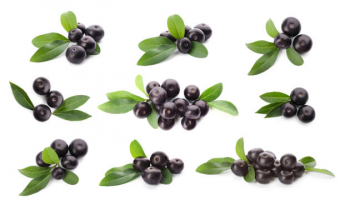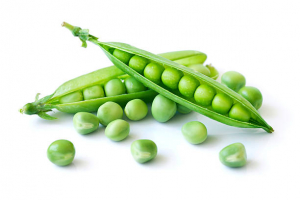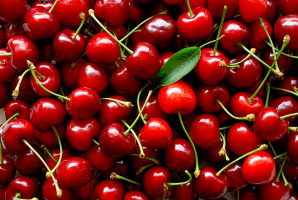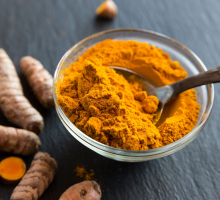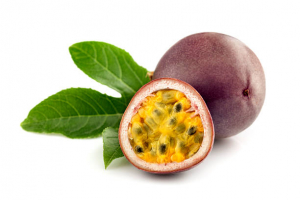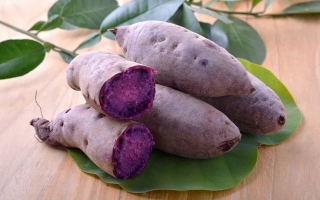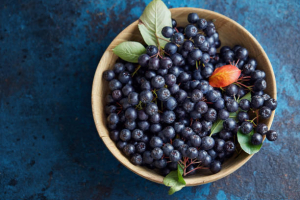Top 5 Health Benefits of Purslane
Most people recognize purslane as a weed. A green, leafy vegetable known as purslane is edible both raw and cooked. About 93% of this succulent plant is water. ... read more...It features tiny, green leaves and scarlet stalks. It tastes somewhat sour or salty, like spinach and watercress. It is, nevertheless, also a highly palatable and healthy vegetable. Purslane is a nutritional powerhouse, especially in the omega-3 fatty acid category. This article takes a detailed look at its health effects.
-
Scientists were surprised by the results of their investigation into this peculiar "weed"! Antioxidants and omega-3 fatty acids may be in high concentrations in purslane plants. Purslane may also be a great source of energy and hydration, according to the USDA. Calcium, iron, magnesium, phosphorus, potassium, and sodium may all be present in significant amounts. Vitamins including vitamin C, thiamin, riboflavin, niacin, vitamin B-6, folate, and vitamin A might all be present in it.
It is also high in many nutrients. A 100 gram (3.5 oz) portion contains:
- Vitamin A (from beta-carotene): 26% of the DV.
- Vitamin C: 35% of the DV.
- Magnesium: 17% of the DV.
- Manganese: 15% of the DV.
- Potassium: 14% of the DV.
- Iron: 11% of the DV.
- Calcium: 7% of the RDI.
You get all of these nutrients with only 16 calories! This makes it one of the most nutrient-dense foods on the planet, calorie for calorie.
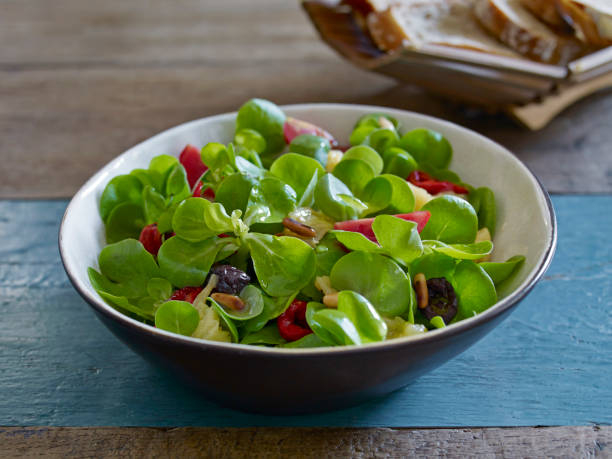
High in nutrients 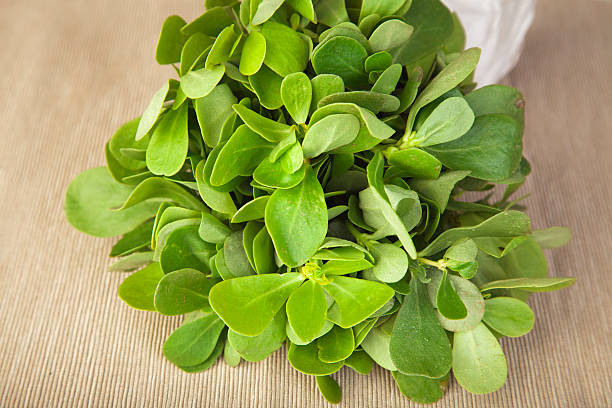
High in nutrients -
According to research, purslane has high quantities of omega-3 fatty acids, which may help the body produce less LDL (bad) or bad cholesterol. This could encourage a better balance of cholesterol in your blood. It may have been demonstrated that eating foods high in omega-3s greatly lowers the risk of atherosclerosis and cardiovascular illnesses, potentially lowering the risk of heart attacks and strokes. Additionally, the potassium in this vegetable can help lower blood pressure due to its vasodilator properties, which relax blood vessels and may lessen the strain on the heart.
Purslane has a high iron and copper concentration, which suggests that it could encourage the development of red blood cells. By supplying more oxygen to vital body regions, both of these minerals are crucial for enhancing circulation. They could help speed up the healing process for tissues and cells, as well as promote faster hair growth and better metabolic function!
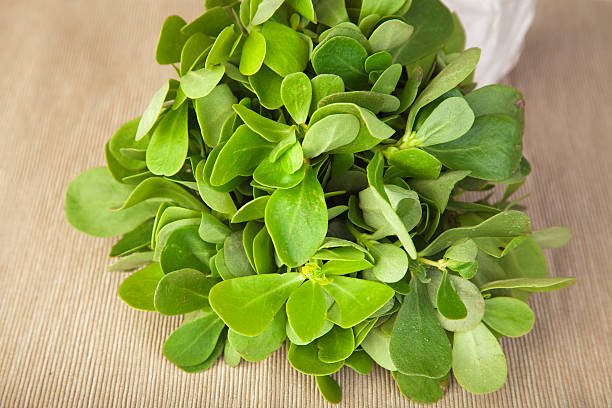
Improve Heart Health 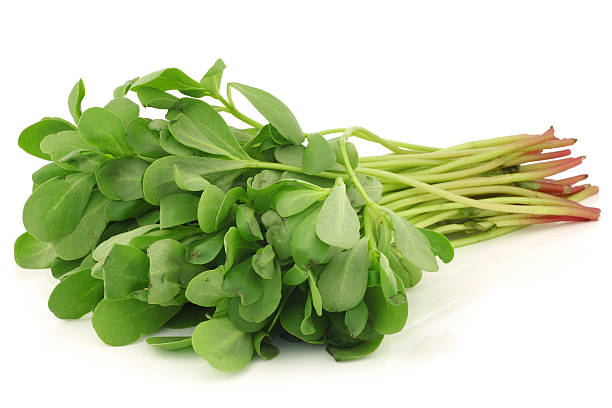
Improve Heart Health -
Purslane may have 20 calories per 100 grams, according to a study. Purslane is a nutrient-rich, dietary fiber-rich food that is low in calories and suitable addition to a diet for those who are trying to lose weight. Purslane extract was revealed to offer potential anti-obesity and anti-diabetic benefits to its test subjects in animal research that was published in the Malaysian Journal of Nutrition.
There may be a lot of healthy fatty acids in purslane (omega-3s). Early studies have indicated, though more study is needed, that young children who consume high quantities of omega-3 fatty acids may experience fewer indications and symptoms of several developmental problems, perhaps including autism and ADHD.
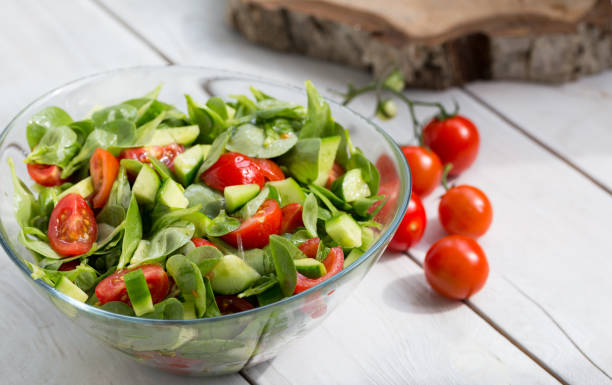
Might Help in Weight Loss 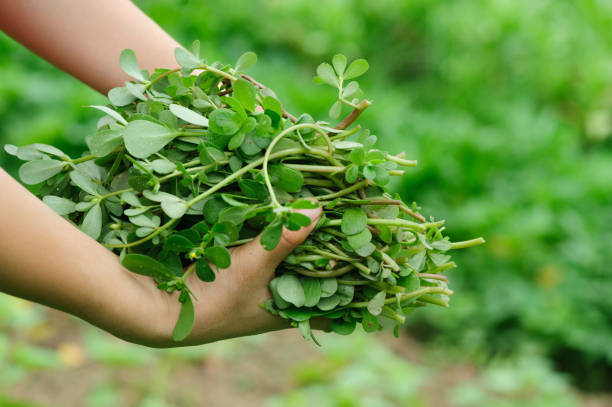
Might Help in Weight Loss -
Additionally, purslane may be used to treat a number of other skin diseases. Purslane leaves may contain significant quantities of vitamin A, according to 2004 research. When administered topically, this vitamin together with the mixture of substances in this "weed" may help relieve inflammation.
Consuming it may help with skin improvement, wrinkle reduction, and scar and blemish removal by promoting the repair of skin cells. Another research that was published in the Pharmacopuncture journal suggests that purslane leaves used topically may potentially be beneficial for skin allergies. Older, more mature plants may contain higher amounts of minerals than younger plants.
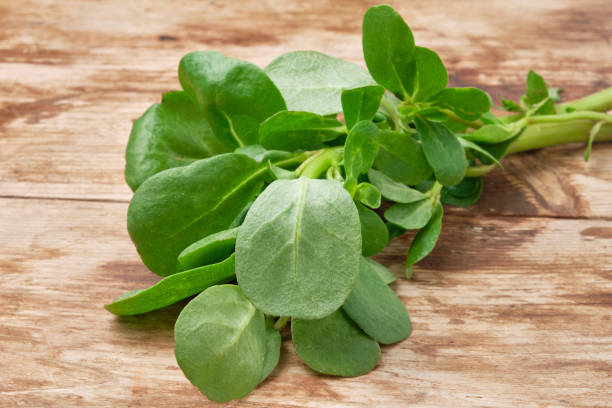
Skin Care 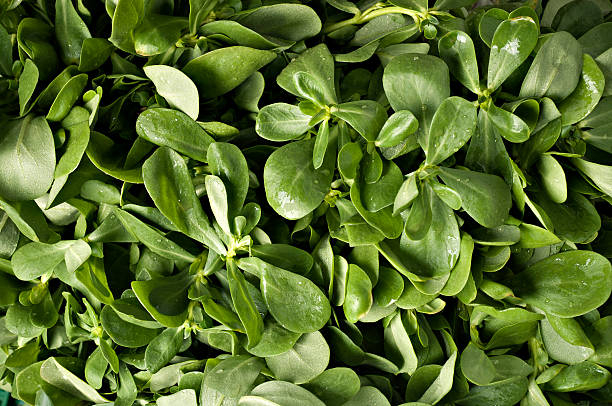
Skin Care -
On the other hand, purslane also has a lot of oxalates in it. Oxalates can lead to the creation of kidney stones, therefore this may be problematic for those who are prone to developing them. Oxalates may prevent the absorption of minerals including calcium and magnesium due to their antinutrient characteristics. Compared to plants that are frequently exposed to sunshine, purslane cultivated in the shade may contain greater levels of oxalates.
Purslane's mineral content can make it a beneficial option for those trying to prevent bone loss. The development of bone tissue and accelerated bone repair may all need the minerals calcium, magnesium, iron, and manganese. Additionally, the anti-inflammatory properties of purslane may help to prevent osteoporosis, a widespread age-related disease that affects millions of individuals.
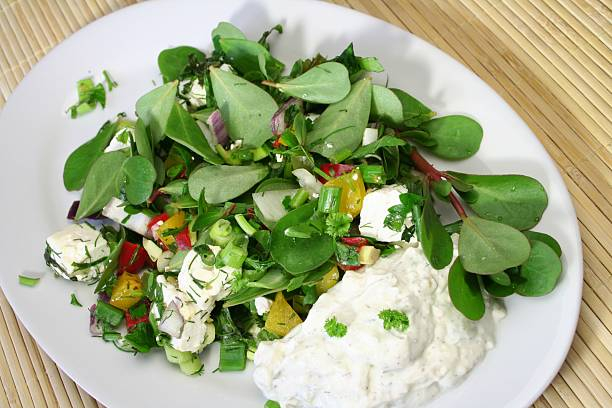
Might Strengthen Bones 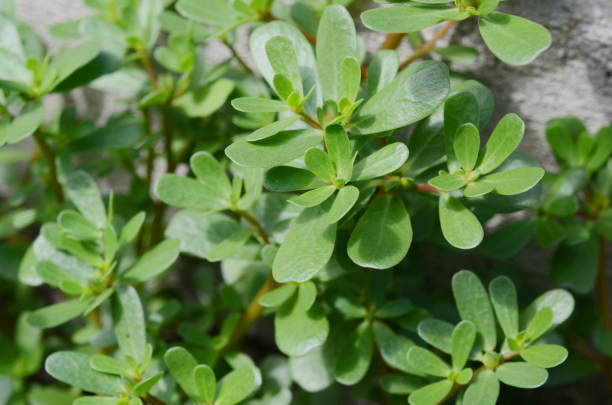
Might Strengthen Bones







